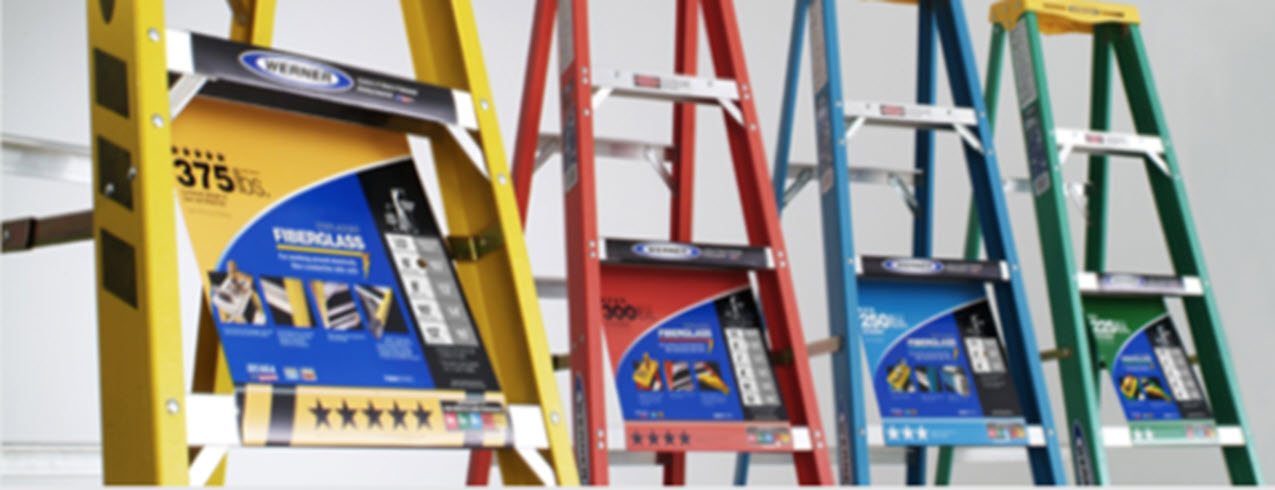Job site example:
Ryan was applying sheetrock mud to a wall and was standing on the top rung of a 12-foot ladder. He lost his balance, fell to the concrete floor, and landed on his head. He suffered a major
head injury. Ladders are involved in many incidents like this, some of which are fatal. Your life literally can depend on knowing how to inspect, use and care for this tool. Let’s spend a few minutes talking about ladders.
Inspecting ladders
Before using any ladder, inspect it. Look for the following faults:
- Loose or missing rungs or cleats;
- Loose nails, bolts, screws;
- Wood splinters or damaged edges;
- Cracked, broken, split, dented, or badly worn rungs, cleats, or side rails; and Corrosion of metal ladders or metal parts.
If you find a ladder in poor condition, tag the ladder and take it out of service. If repairs are not feasible, the defective ladder should be removed from the job site.
Using ladders
Choose the right type and size ladder. Except where stairways, ramps, or runways are provided, use a ladder to go from one level to another.
Keep these points in mind:
1. Be sure straight ladders are long enough so that the side rails extend above the top support point, by at least 36 inches.
2. Don’t set up ladders in areas such as doorways or walkways where others may run into them, unless they are protected by barriers. Keep the area around the top and
base of the ladder clear. Don’t run hoses, extension cords, or ropes on a ladder and create an obstruction.
3. Don’t try to increase the height of a ladder by standing it on boxes, barrels or other materials. Don’t try to splice two ladders
together.
4. Do not apply personal or job stickers/decals.
5. Set the ladder on solid footing against a solid support. Don’t try to use a stepladder as a straight ladder.
6. Place the base of straight ladders out away from the wall or edge of the upper level about 1 foot for every 4 feet of vertical height. Don’t use ladders as a platform,
runway or scaffold.
7. Tie in, block or otherwise secure the top of straight ladders to prevent them from shifting.
8. To avoid slipping on a ladder, check your shoes for oil, grease or mud and wipe it off
before climbing.
9. Always face the ladder and hold on with both hands when climbing up or down. Don’t try to carry tools or materials with you.
10. Don’t lean out to the side when you’re on a ladder. If something is out of reach, get down and move the ladder over.
11. Most ladders are designed to hold only one person at a time. Use by two workers may cause the ladder to fail or throw the ladder off balance.
Care of ladders
Take good care of ladders and they’ll take care
of you. Store them in well-ventilated areas, away
from dampness.

